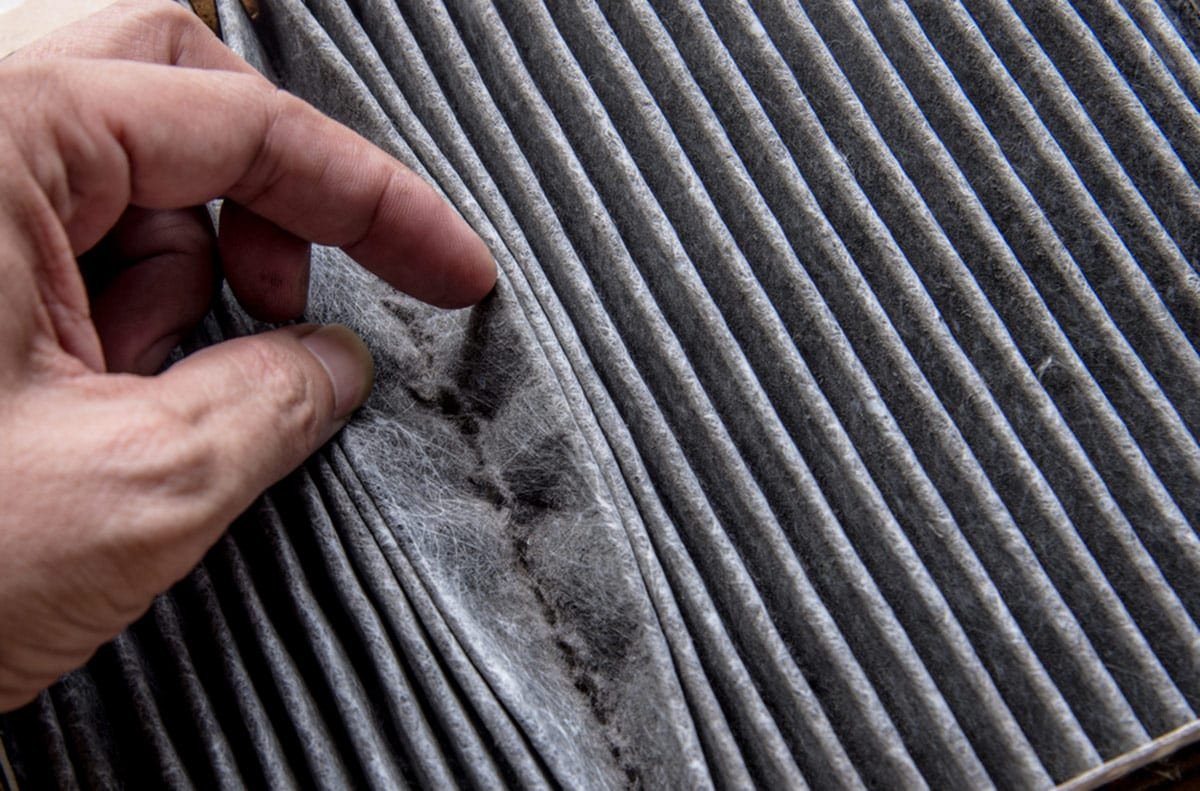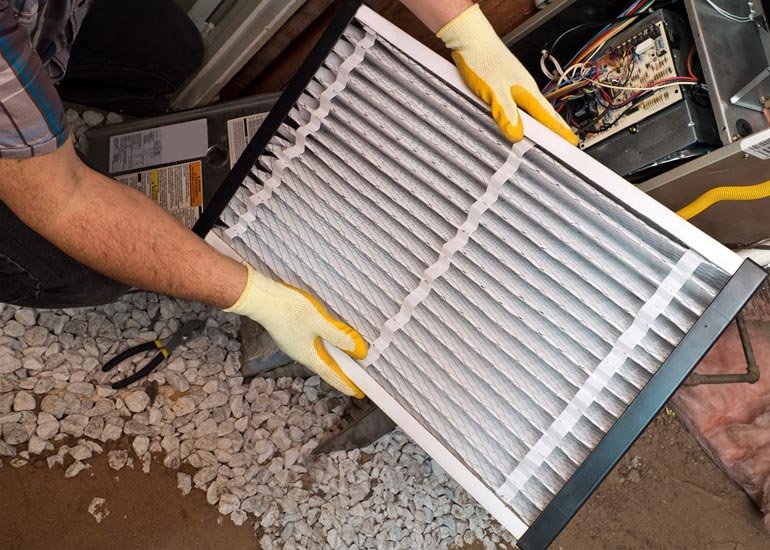Do you ever feel like your furnace is playing games with you? It turns on and off repeatedly, leaving you in a cold sweat. Many homeowners experience this same problem. A furnace turns off and on repeatedly for various reasons, some more serious than others. If your furnace starts acting up, it’s crucial to identify the root of the problem so you can fix it as soon as possible.
In this blog post, we will discuss the causes of repeatedly turning off and on furnaces and some solutions that might help. We hope this information will help you keep your home warm all winter!
Broken Thermostat
A broken thermostat is one of the most common reasons a furnace turns off and on repeatedly. If your furnace’s thermostat is not working properly, it will have trouble maintaining a consistent temperature. It can cause the furnace to cycle on and off more frequently than usual.
When you think your furnace’s thermostat might be the problem, the first thing you should do is check the batteries. If the batteries are dead, they will need replacement. If the batteries are not the issue, you might need to replace the thermostat.
Dirty or Clogged Filter
Another common furnace problem is a dirty or clogged filter. If your furnace’s filter is clogged, it will restrict the airflow and make it harder for the furnace to do its job. It can cause the furnace to cycle on and off more frequently than average.
If your furnace’s filter might be the problem, you should first replace it with a new one. Once you have done that, check to see if the furnace is continuously cycling on and off. If it is, there might be another issue at play.
Dirty Flame Sensor
Another furnace problem that can cause the furnace to turn off and on repeatedly is a dirty flame sensor. The flame sensor is responsible for detecting whether or not the furnace’s burner is lit. If it gets too dirty, it will have trouble doing its job. If blocked with dirt, the flame sensor will no longer be able to accurately measure the quantity of gas entering the furnace.
A blocked flame sensor can interfere with safety mechanisms like the gas valve, which cuts off the gas supply and prevents excessive gas accumulation. It’s crucial to frequently schedule a furnace tune-up and clean the flame sensor.
Overheating Furnace
If your furnace is overheating, it will turn off and on repeatedly to prevent itself from being damaged. It can be because of various issues, such as a dirty filter or clogged burners. Your furnace’s age will have an impact on how well it performs. Older furnaces produce more heat than modern ones.
A lack of ventilation can cause a furnace to overheat. If you use your heater too frequently, it could get damaged. Inspect your furnace to see if the vents are open and unobstructed.
Low Airflow
If your furnace lacks airflow, it will have to work harder to heat your home. It can cause the furnace to cycle on and off more frequently than usual.
You can do a few things to increase the airflow to your furnace. First, check the vents and make sure they are open and unobstructed. You should also clean the furnace’s filter and check for any blockages in the ductwork. Lastly, a professional can inspect your furnace and ensure it is sized correctly for your home.
The Furnace is Too Large or Small for the Space
If your furnace is too small for the space it’s trying to heat, it will have to work overtime to heat your home. It can cause the furnace to cycle on and off more frequently than usual. If you think this might be the problem, you can have a professional inspect your furnace and ensure it is sized correctly for your home.
Conversely, if your furnace is too large for the space it’s trying to heat, it will turn on and off less frequently. However, it will not operate as efficiently as it should. If you think this might be the problem, you can have a professional inspect your furnace and ensure it is sized correctly for your home.
Conclusion
A few different furnace problems can cause the furnace to turn on and off repeatedly. If you think your furnace might have one of these issues, the first thing you should do is replace the filter. If that doesn’t solve the problem, you can try cleaning the flame sensor or increasing the airflow to the furnace. Lastly, a professional can inspect your furnace and ensure it is sized correctly for your home.









